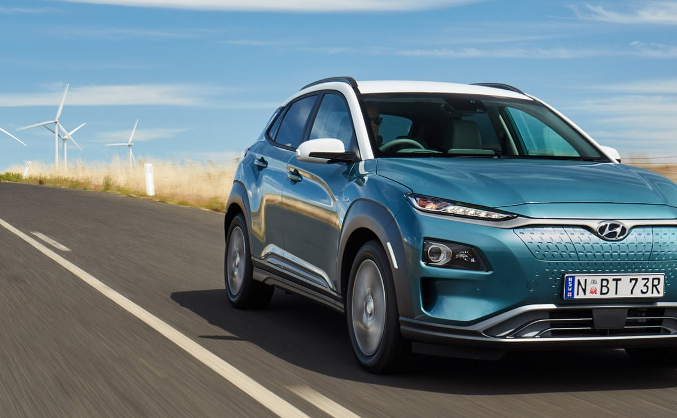As technology advances, numerous industries are experiencing dramatic changes, and the automobile industry is one of them. Today, new brands, new propulsion methods, new safety measures, etc. are springing up in different places around the world. Given this, we are can only imagine what the future of the car industry will look like.
So, let’s examine the trends that will shape the future of the auto industry by 2030.
- New business models could boost the revenues of automotive
It has been projected that there will be a huge increase in the pool of automotive revenue. Similarly, we will experience diversification that allows data-driven and on-demand mobility services. As a result of this, there could be a 30% boost in the automotive revenue pool by 2030. Notably, this means an increase of $1.5 trillion in the revenue pool.
Also, drivers and passengers will have more time to enjoy services and media during their transit time. All thanks to the advancement in autonomous technology and connectivity that we could experience by 2030.
- As much as 15% of new vehicles could be fully autonomous
Let’s talk more about autonomous vehicles. Currently, there are lots of regulatory and technological challenges that autonomous vehicles are dealing with. These challenges include security/safety concerns, consumer understanding, and pricing. As a result of these issues, it is difficult for these automobiles to be commercialized. Nonetheless, it has been forecasted that these challenges would have been resolved by 2030.
If this is so, fully autonomous vehicles could be responsible for as much as 15% of all new vehicles sold in 2030. Of course, an advanced driver-assistance system (ADAS) will have a significant impact on ensuring that corporations, consumers, and regulators can achieve this trend. If this is achieved, it could mean a massive boost in the profits of companies offering self-driving vehicles.
- Hyper-connectivity of society can boost access to information about cars
Several years ago, the hyper-connectivity of society looked like an impossible mission. However, the availability of social media, 24-hour news, etc. is gradually making hyper-connected society a reality. According to Project IONIQ, a hyper-connected society will improve as the sectors of big data analysis and cloud computing advance.
When this happens, the Internet of Things will become more functional. Hence, we will start getting more real-time information about our cars. Expectedly, this will change our relationship with automobiles.
- Increase in needs for eco-friendly cars
Currently, fossil fuel depletion, climate change, and global warming have been receiving lots of attention from world leaders. As a result of this, various governments are taking action to combat the issues and make the ecosystem safer. In response to this, the automobile industry is already working towards getting rid of vehicles using fuels. By 2030, we are going to have lots of cars that are powered by eco-friendly energy such as hybrids and electric cars.
- Varying rate of sales of electrified cars
Still talking about eco-friendly vehicles. It has been predicted that electrified cars could be responsible for about 10 to 50% of all new cars sold around the world in 2030.
However, the specific rate of adoption of electrified cars will vary in different countries around the world. The rate will depend on the cost of the battery, the availability of charging stations, the stringency of emission regulations, as well as consumer acceptance.
According to some projections, densely populated and developed cities will have a higher adoption rate. This will be due to strict emission rules, tax breaks, discounted electricity pricing, and other incentives offered to the customers. Unfortunately, many less developed cities will not have a similar experience.
- Slower growth in the sales of new vehicles despite increased shared mobility
To reduce the environmental impacts of cars and traffic congestions, there will be an increase in the rate of shared mobility by 2030. In other words, e-hailing, car sharing, and other forms of shared mobility services will continue to grow. Despite this, the sales of new cars will still not fall by 2030. However, the sales of new car units will only grow at a rate of around 2%.
2030 is less than a decade away from now. So, we cannot wait to see what the future of the car industry will look like.

